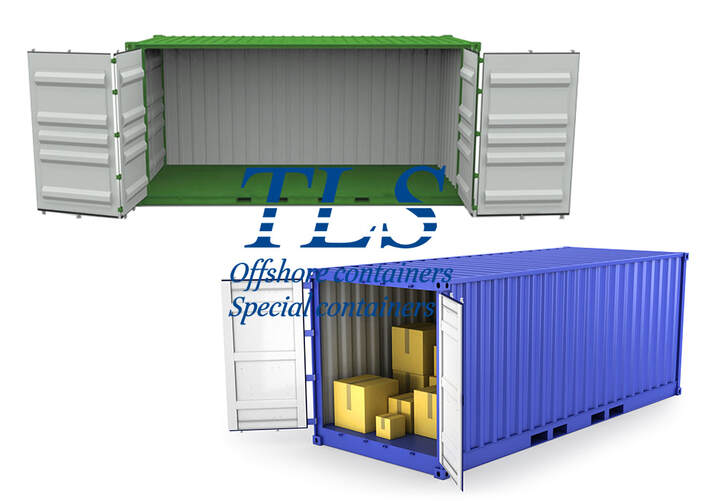|
In the realm of global logistics and cargo transportation, containers play an indispensable role. They are essential tools for moving goods from one location to another. However, different types of containers are suitable for different types of cargo and transportation needs. This article will explore the distinctions between side-opening containers and standard containers, as well as their respective advantages and application areas. Side-opening containers stand out due to their unique side panel design. Unlike standard containers, side-opening containers are equipped with full-length side doors, providing unprecedented flexibility in accessing and loading/unloading cargo. Whether dealing with oversized cargo or irregularly shaped items, side-opening containers excel. This design feature not only enhances accessibility but also ensures the structural integrity and security of cargo during transportation, effectively shielding it from external elements and potential theft. In contrast, standard containers find wide application across various cargo transportation scenarios. They feature sturdy structures and end-door designs, making them suitable for packaged goods, dry bulk materials, and equipment. Standard containers excel in safeguarding cargo, ensuring its safety throughout the transportation process. They are typically used for transporting consumer goods, electronics, furniture, and other items that can be easily loaded through end doors. So, what are the primary differences between side-opening containers and standard containers? Firstly, side-opening containers have side panels consisting of full-length doors, allowing cargo to be conveniently loaded and unloaded from the side. This is particularly crucial for large machinery, vehicles, building materials, and other items that require lateral access for efficient handling. This convenience makes side-opening containers highly popular in industries such as construction, automotive, and heavy equipment manufacturing. In contrast, standard containers feature end doors, limiting cargo access to these doors. This can pose challenges when dealing with large or irregularly shaped cargo. Nevertheless, standard containers excel in cargo protection and are suitable for various types of goods. Another significant distinction is that side-opening containers typically have a thinner structure compared to standard containers, which may make them slightly less robust. This implies that standard containers are more suitable for cases involving exceptionally heavy cargo or the need for multi-tier stacking. However, side-opening containers still possess adequate structural strength to meet most transportation requirements. Lastly, cost is also a factor to consider. Due to their unique design and greater accessibility, side-opening containers are generally more expensive than standard containers. Therefore, when choosing the appropriate container type, logistics professionals must strike a balance between cargo characteristics, transportation requirements, and budget constraints. In conclusion, side-opening containers and standard containers each have their own set of advantages and limitations. Side-opening containers offer greater accessibility and convenience, making them suitable for specialized scenarios requiring lateral cargo access. Standard containers, on the other hand, provide stronger structural protection and are suitable for a wide range of cargo types. TLS Offshore Containers / TLS Special Containers is a global supplier of standard and customised containerised solutions.
Wherever you are in the world TLS can help you, please contact us. Comments are closed.
|
Archives
July 2024
Categories
All
|
- Home
-
Containerised solutions
- Intelligent pressurised container | MUD logging cabin
- Battery energy storage system (BESS) container
- Flexible grid tied battery storage system
- Laboratory container | workshop container | Equipment containers
- Temporary refuge shelter | Toxic gas refuge | Safe haven
- Offshore accommodation cabin | office container
- Reefer container | Refrigerated container
- Intelligent waste water treatment container
- Fresh water generator container
- Cargo Containers
- Product photos & videos
- News & Blogs
- Contact us
|
Featured products
Intelligent pressurised container Temporary refuge (TR) shelter, toxic gas refuge (TGR) Battery energy storage system (BESS) container Containerised waste water treatment plant Fresh water generator container Reefer container Laboratory container, Workshop container Accommodation container Offshore closed container |
All Rights Reserved 2020 © TLS Offshore Containers / TLS Energy
|

